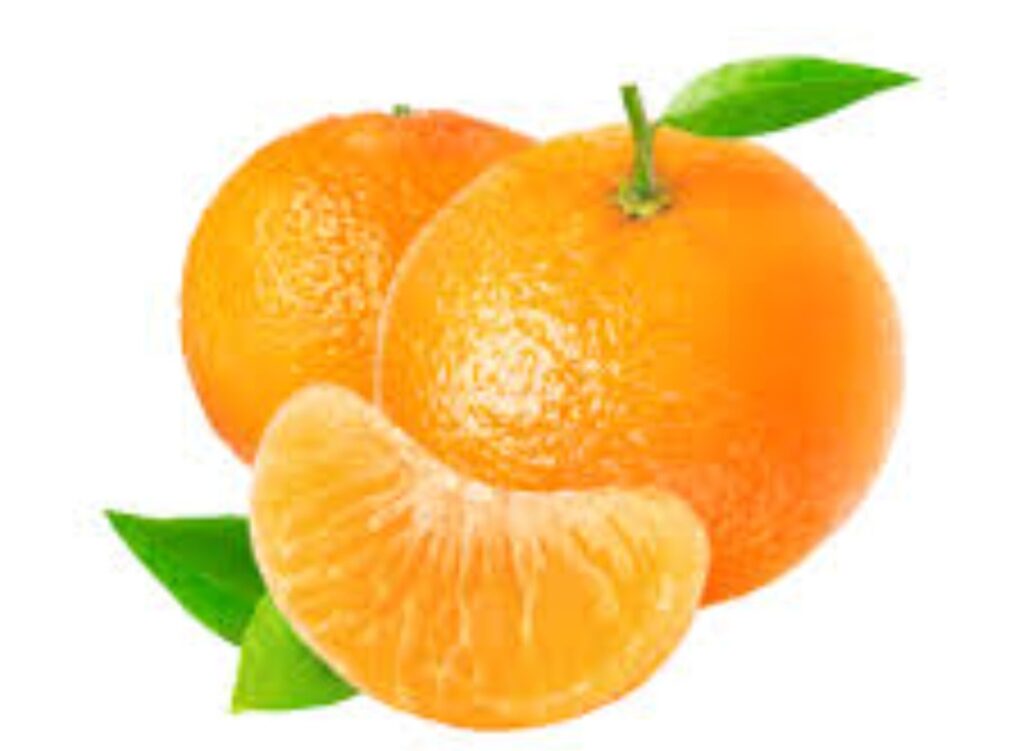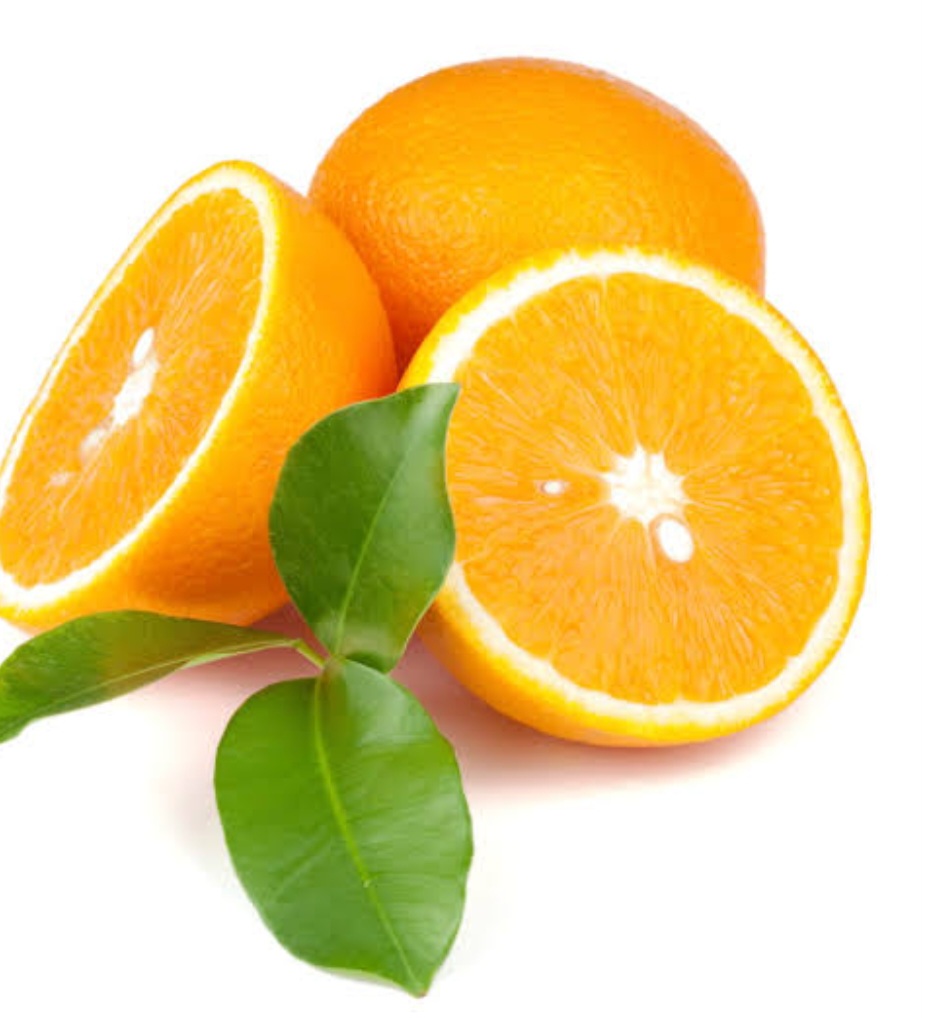
Citrus are crucial horticultural crops which belong to the family Rutaceae. It is a large family with different species. The genus is citrus and it consist of two subgenera; “Papeda” and “Eucitrus”. It is believed to have originated from North Eastern india and had spread all over the world.
CITRUS SPECIES. 1. Citrus sinensis– sweet orange. It has 40 varieties. 2. Citrus limon – lemon. 3. Citrus tangerina– tangerine. 4. Citrus paradise-grape fruit. 5. Citrus aurantifolia -lime. 6. Tangelo is an hybrid of grape ( Citrus paradise) and tangerine. 7. Citrus trifoliata-Trifoliata orange . The trifoliata orange is normally used as a root stock ( dwarfing root stock). 8. Citrus reticulata– mandarins. 9. Citrus grandis – shaddock
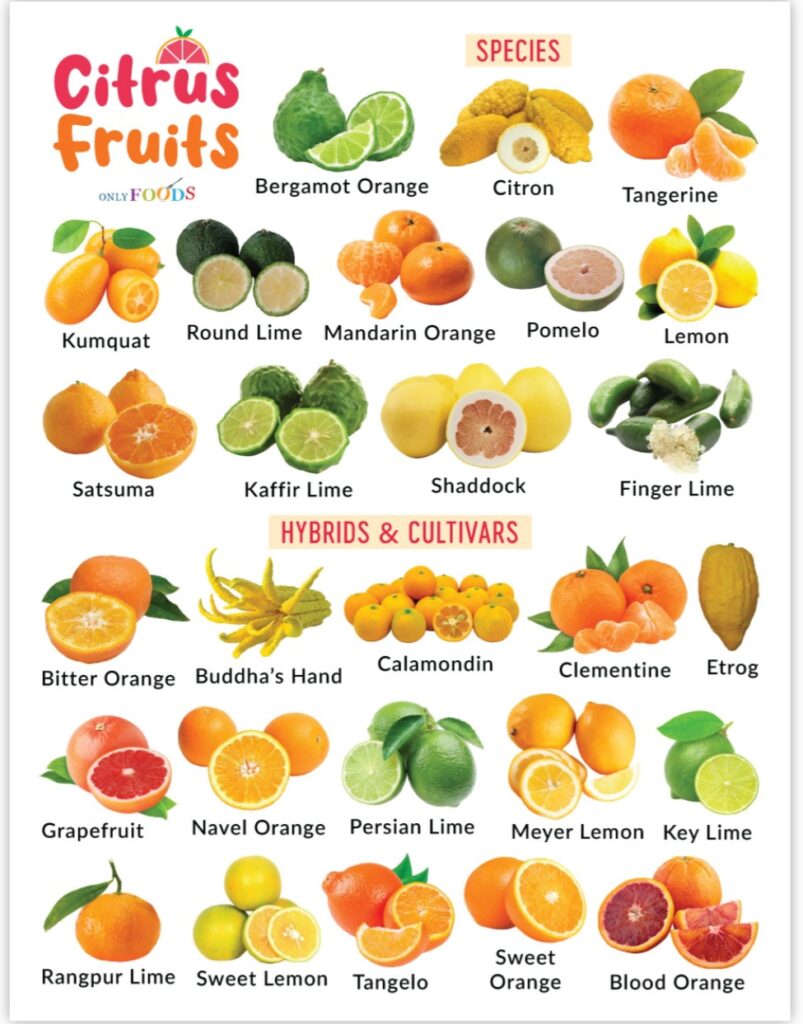
BENEFITS AND PRODUCTS FROM CITRUS. 1. Citrus is a rich source of vitamins like vitamin A, B and C. 2. Citrus is a rich source of phosphorus. 3. Citrus fruits are source of peel oil, citric acids and used as cosmetices. 4. It can be eaten fresh like sweet orange, mandarins and grape fruit. 5. It can be processed into canned juice,
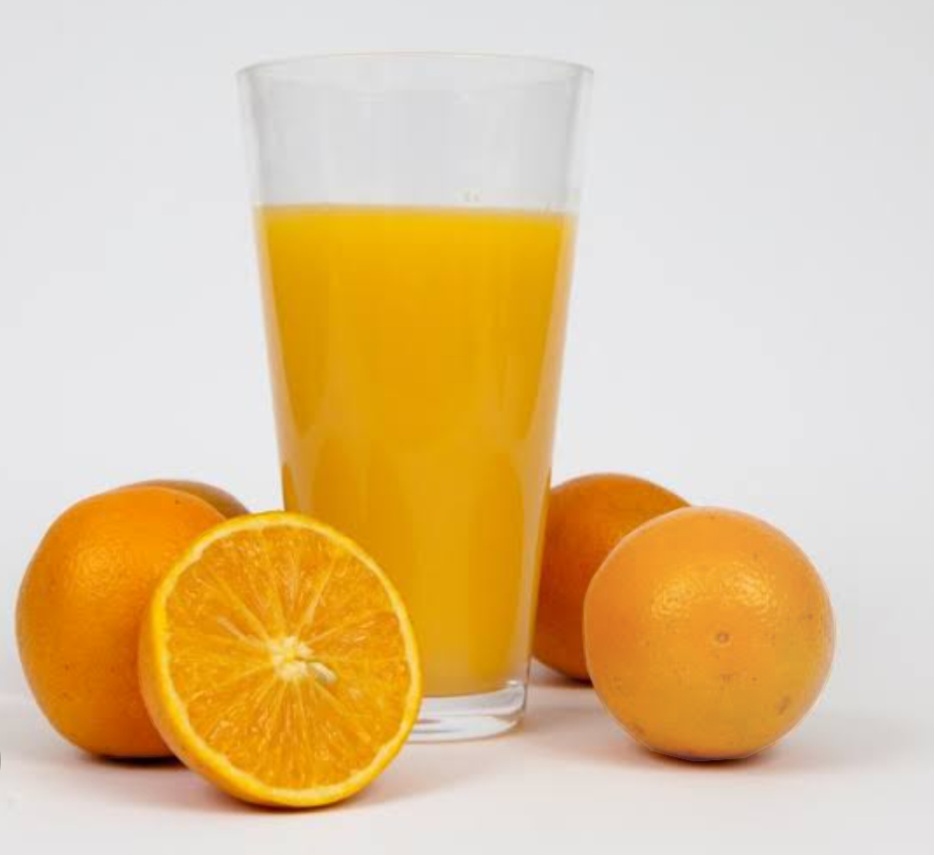
6. Juice of lemon and lime can be diluted in lemonade and other soft drinks. 7. It is used to produce concentrated juice, citrus fruit powder, and fruit flour. 8. It is also used for production of citrus pulp and meal, brandy spirit, feed yeast, vinegar, mamalade, and candi peel. 9. The dried bark of citrus tree is used for making insecticides. 10. It is used in the pharmaceutical, cosmetics and soap industry.
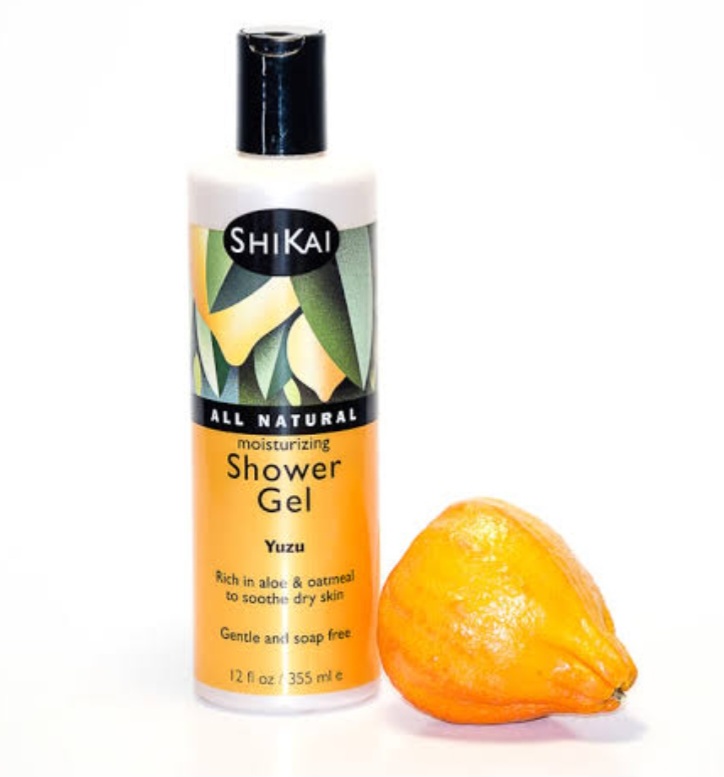
11. As a dietary supplements, it is used to stimulate appetite, treat ringworm infection. 12. It is used to aid insomnia, and relief stomach upset. 13. The fruits and peels are ingredients in nasal decongestant and weight loss products. 14. The bark and root are used as antiseptics in relieving toothach. 15. The juice of the fruits are good as appetizer, good for teeth, bones and gums and healing of wound. 16. Dried citrus peel contain hesperidin ( a bioflavoniod) which is a strong vasopressor agent that reduces blood sugar. 17. Citrus pectin is reported to reduce cholesterol level, aortal plague, and narrowing of coronary arteries. 18. Citrus is also used as contraceptive, laxative, sedatives. 19. It is used in the treatment of ailments like diarrhea, vomiting and cancer.
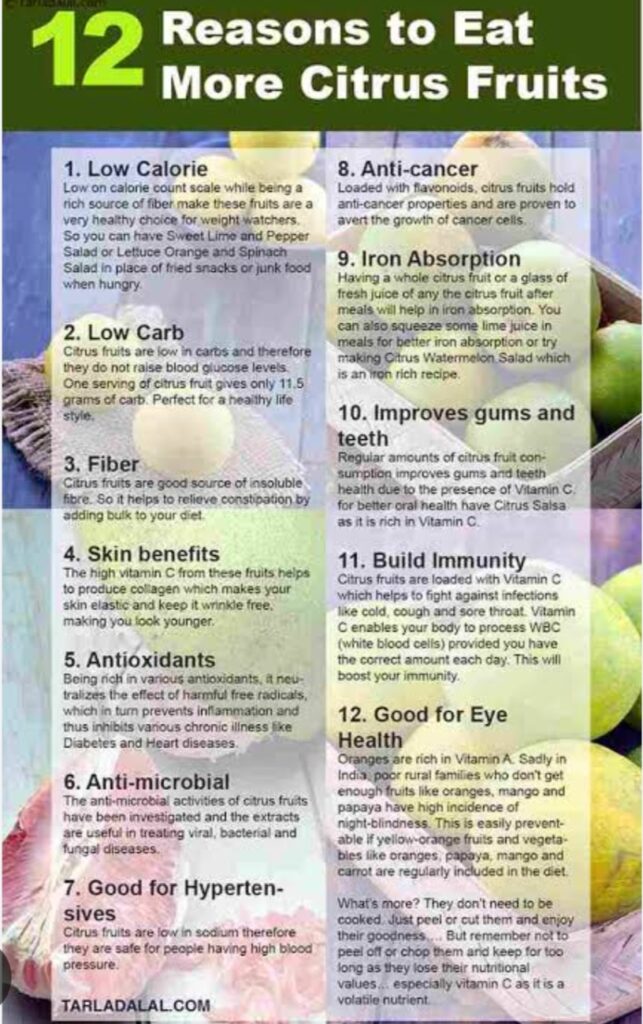
AGRONOMY OF CITRUSCLIMATIC REQUIREMENT: Citrus is widely planted in warm climatic condition at temperature between 25°C -30°C.
SOIL REQUIREMENT: Citrus grow well on a wide variety of soils, from coarse sand to heavy clay soils which are of good drainage for sustained high yield. It trive better in soil pH of between 5- 6. The soil should be free from salinity, alkalinity and waterlogging. The land should be ploughed throughly and leveled in readiness for planting.
METHOD OF REPRODUCTION IN CITRUS. 1. Sexual reproduction method. 2. Asexual reproduction method
SEXUAL REPRODUCTION METHOD: Seed is used to propagate self pollinated and many cross pollinated crops. Such seeds are used for root stock production. The seeds are extracted from the citrus fruits and planted.
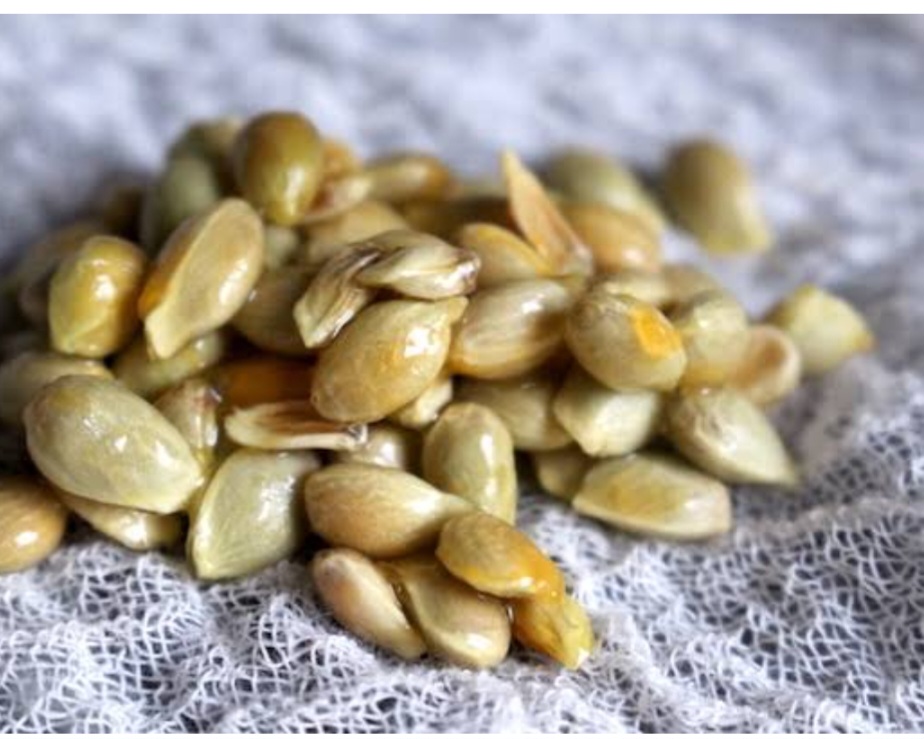
ADVANTAGES OF SEXUAL REPRODUCTION. 1. The seeds are inexpensive to procure. 2. Storability of seeds can be for long. Seeds can remain viable for the next planting season. 3. Seeds do not carry over diseases and pest
DISADVANTAGES OF SEXUAL REPRODUCTION. 1. Seedling development takes a longer time period
ASEXUAL REPRODUCTION METHOD IN CITRUS: Citrus can be propagated asexually by budding , marcotting and graphting.
ADVANTAGES OF VEGETATIVE PROPAGATION. 1. It ensures uniformity of plant. 2. It ensures plant bearing fruits early. 3. Not susceptible to disease attack / disease resistant. 4. Easy harvest of fruits. 5. They are true-to-type.
Root stock produced during sexual reproduction are used in asexual reproduction. In citrus, Clopatra mandarin, Rangpur lime, Rough lemon, Trifoliate orange and sour orange are used for root stock production because they provide resistance to local pest and diseases. When root stock are raised in the nursery, a variety should be separated from another variety with a wing break material to prevent cross breeding ( so as to raise a pure source). Such seed for root stock should be raised to seedling on a bed before using for vegetative propagation. The root stock should be raised for 6 months. Spacing requirement for citrus raising in nursery is 30cm by 30cm by 50 cm double row spacing. The 50cm is where the budder are budded
BUDDING: There are two types of budding. 1. Thin budding. 2. Inverted thin budding
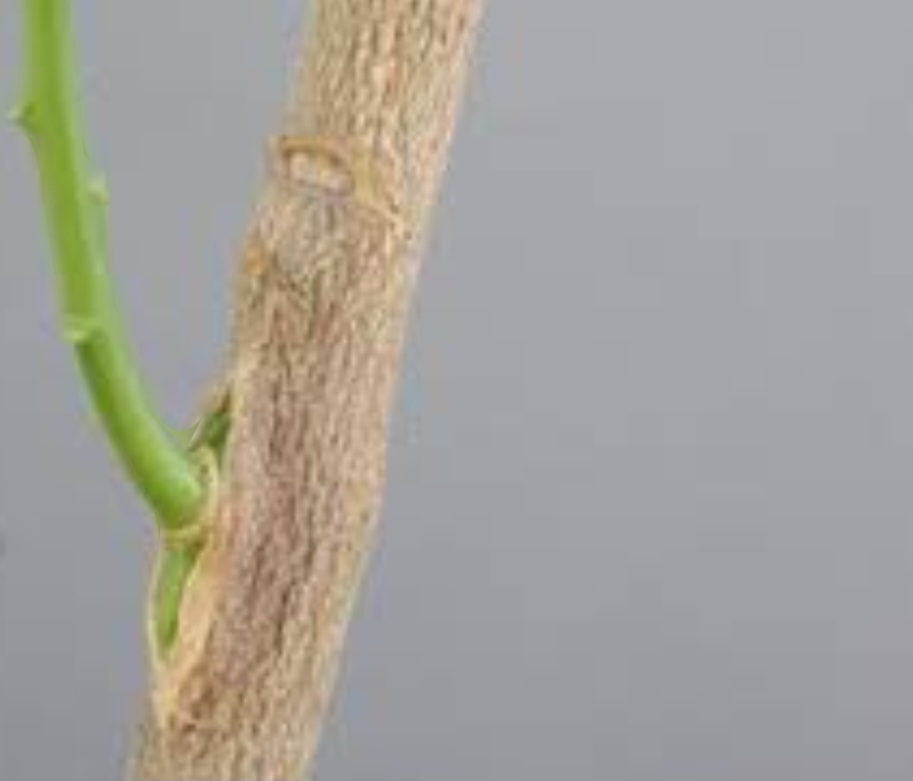
Budding is the technique of inserting a scion in the shape of a shield under the back of the stock. The shield is a small slice of shoot with a bud on the centre. A budding knife is used. The budding knife is used to cut into the stem ( bud stick) to about 15cm to 30cm above the ground to prevent rain splashes from touching the stem. The cutting on the bud stick should be a T- shaped cut. The shield or bud eye should then be inserted into the T shaped stem and tied with a budding tape making sure that the eye is exposed. After 21 days, if the bud eye remains green, the top should be cut about half a distance from the tape. After few days, if the bud remains green then the budding is successful. But if it turns brownish, the budding tape should be removed and rebud. GRAFTING: In grafting, both the scion and root stock are usually raised in the pre- nursery for 3 months before transplanting to the nursery. They remain in the nursery till the root stock attain special size thickness. This is to improve the quality of the citrus fruits.
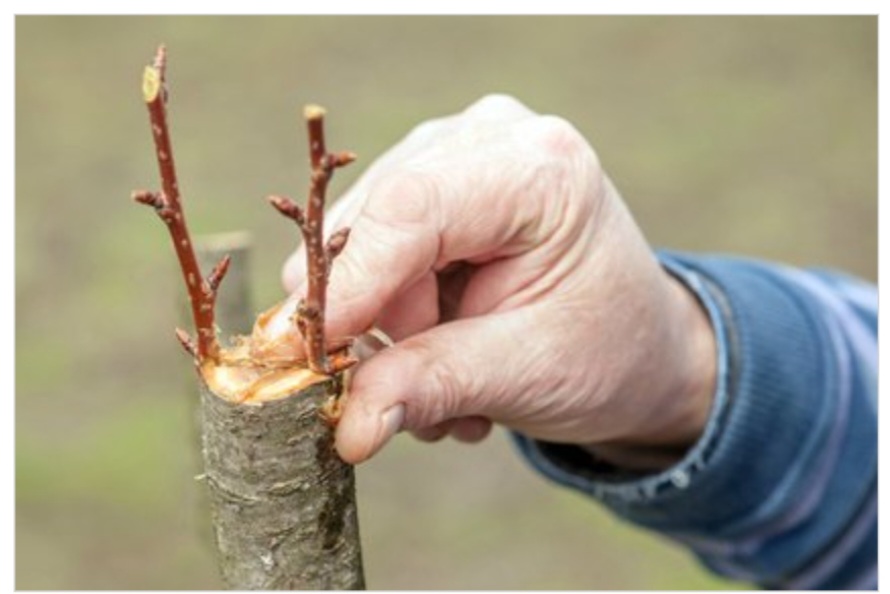
PLANTING: Citrus planting varies with climatic conditions. Generally, planting is done in rainy season ( April to september) or in winter season ( November to February)
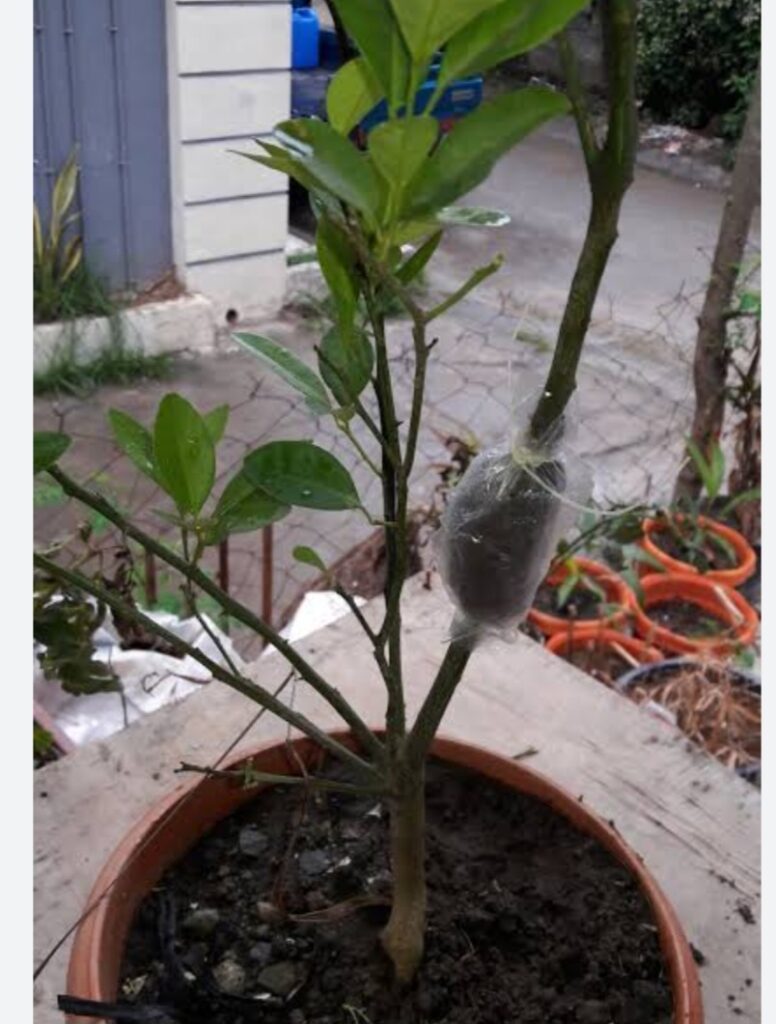
SPACING: The planting distance for citrus varies with varieties, root stock, soil type and irrigation method. Generally, a spacing of. 1. Mandarin and Sweet orange-6 × 6m. 2. lime and lemon- 5 × 5m. 3. Grape fruit and pomelo- 8×8m
The planting pit should be dug a month before planting and filled with a mixture of top soil, manure and superphosphate. Immediately after planting, the plants should be watered and staked with support.
PRUNNING: Prunning improves fruit quality through increase light in the canopy. It improves yield, short trees facilitate easy harvesting, reduce labour cost, and it also reduce insect and disease pests. Pruned branches can be used for mulching the base of the tree, weed control and control of soil borne pathogens and insect pests. Generally, prunning of citrus should be carried out in the nursery and after transplanting to the field to ensure well aeration and good light penetration into the canopies. In the temperate region, Prunning can be done in late winter as the fruit season ends. This helps prevent damage due to cold or frost and encourages growth for the following year. Also prunning can be done in late spring or early summer before the season begins to further bolster the tree to produce fruit. While in tropical and subtropical regions, pruning can be done before early rain start and at the end of the rainy season.
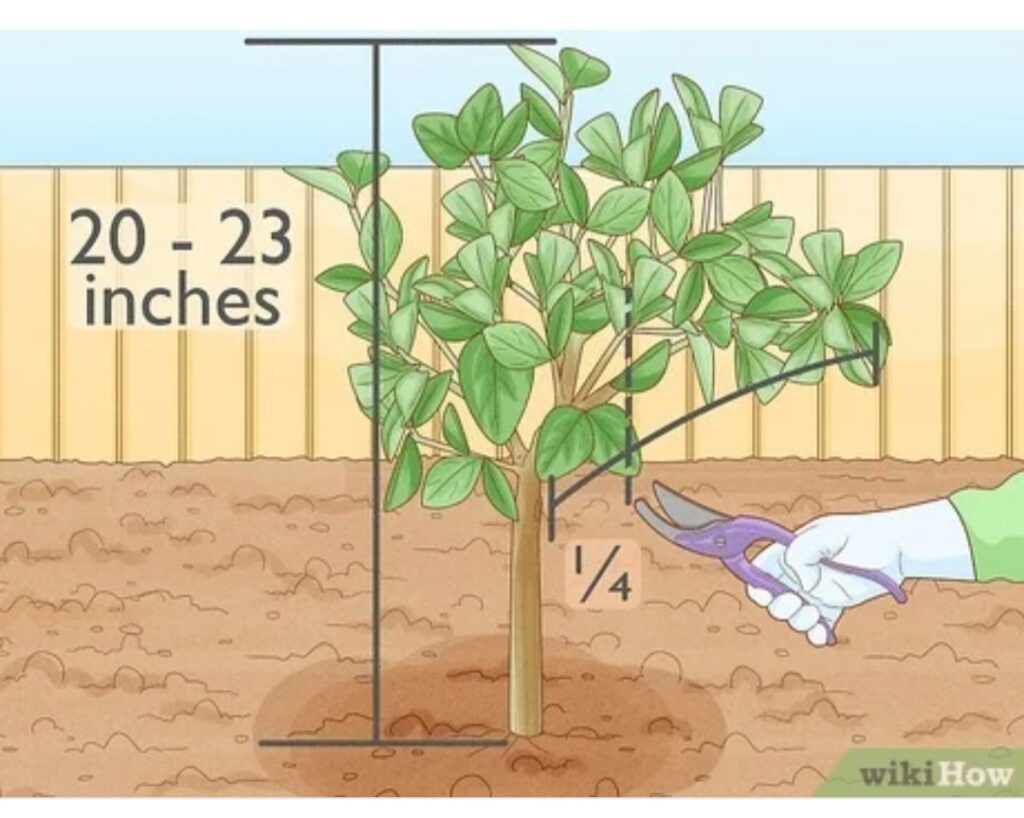
WEEDING: Constant weeding of orchards is important. Weeds should be slashed atleast three times in a year. But before fruiting, weeds can be controlled by planting compatible crops at the inter row spaces. Also, herbicides can be sprayed to control weeds.
FERTILIZER REQUIREMENT: Citrus require a variety of nutrients for optimum growth, yield and good quality. Citrus need more Nitrogen than any other nutrients. It also require other nutrients like phosphorus. potassium, calcium, magnesium and micronutrients for healthy growth. Organic fertilizer should not be applied at planting or the first year of planting. Fertilizers should only be applied after a year of planting around the base of the tree or foliage. Fertilizer application should be done through soil or foliage spray method. For soil application, broadcasting and banding or fatigation can be done.The fertilizer schedule varies depending on factors such as soil type, rootstock, tree age, cultivar, irrigation method, yield potential and climate.
IRRIGATION: When water is not sufficient for citrus to grow, it will wilt and yield will be depressed especially in the dry season or summer periods. Therefore, the plant should be properly watered during the spell of dryness to the base of the tree plant.
INTERCROPPING: The spacing between citrus plants are too wide, therefore, inter row spaces can be cropped with compatible crops like pineapple, melon, sweet potatoes, cowpea, soybean etc. These crops can be planted in inter row spaces for three years before the citrus start fruiting. They will also help control weeds.
HARVESTING: The period of maturity differs in citrus species. The shortest is lime (5-6 months), longest is mandarins and sweet oranges (9-10 months) which is further influenced by heat and moisture. The maturity in sweet orange (Citrus sinensis) is indicated by the change of the skin colour from dark green to light yellow.Sweet oranges reach acceptable ripening about 6-12 or even 14 months after flowering and may be harvested within a period of 2-3 months prior to over ripening. The perfect time to harvest oranges greatly depends on the variety and the region. But the most general appropriate time to harvest citrus is when some of mature fruits fall off the tree. The fruits are harvested traditionally by hand, with a combined movement of twisting and pulling the wrist. Some growers use clippers or shears and cut the stem. This is very common when harvesting fruits with very thin crust. Also, machines have being developed to make the harvesting process easier which is done faster.
CITRUS YIELD/ ACRE: The yield of citrus per acre varies with varieties, types of fruits, rootstock, irrigation, climatic condition, soil type, nutrition, pest and disease management and preharvest and post harvest handling practices.The expected yield of an experienced farmer for sweet orange would be 40-50 tons per hectare. Lemon average fruit yield is 80-100 kg per tree. Keep in mind that 1 ton = 1000 kg = 2.200 lbs. and 1 hectare = 2,47 acres = 10,000 square meters.
PESTS OF CITRUS. Insect pest attack citrus at various stages of their developments.
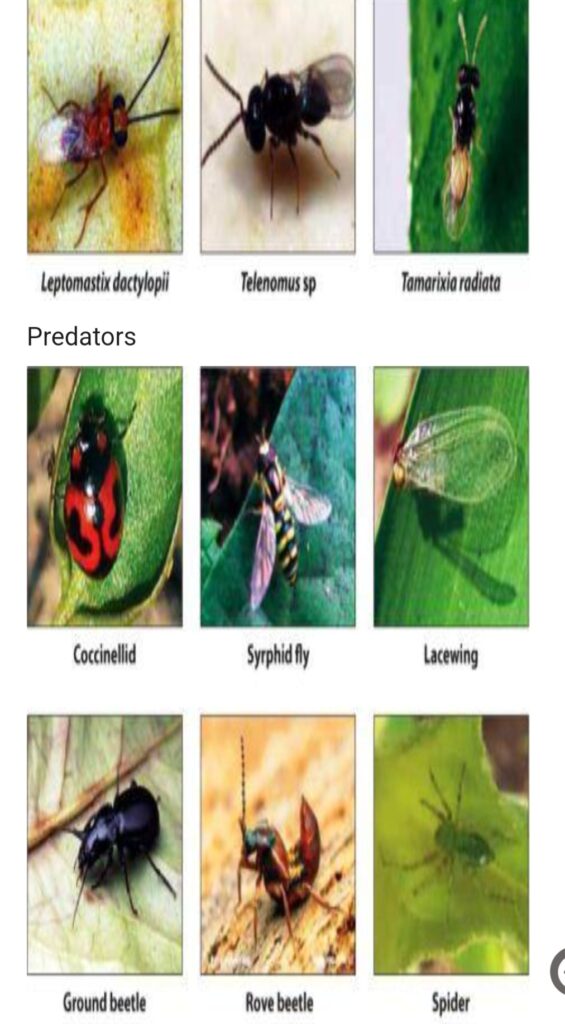
1. NURSERY PEST: Nursery pests include leaf eaten insects like caterpillars and plant buds. CONTROL: Spray insecticides and IPM control. 2. Citrus canker: It is transmitted by the Asian citrus psyllid. It causes lesion on leaves, twigs, and fruits and citrus greening which is a viral disease caused by Candidatus liberibacter spp. CONTROL: Plant resistant varieties, prunning, cut and burn infected parts, spray fungicides and sanitation of tools. 3. Citrus tristeza: It is transmitted by Aphids. it is a viral disease.It causes the death of tree grafted on sour orange root stock. it also cause leaf curling, fruit drop, stem pitting, and reduced juice quality. PREVENTION AND CONTROL: Use resistant root stock, remove and destruction of infected trees, use biological agents or spray insecticides to control aphids, use of certified virus free planting materials. 4.FRUIT PIERCING MOTH: Causes premature dropping of the fruits and reduce productivity. CONTROL: Use of integrated pest management methods, spray insecticides to kill months, and use of biological control methods. 5. TERMITES: Damage the stem bark, tree roots , causes gummosis and destroy budded seedlings. Also reduce productivity. CONTROL: Spray insecticides and use of IPM methods. 6. Fruit fly
DISEASES OF CITRUS
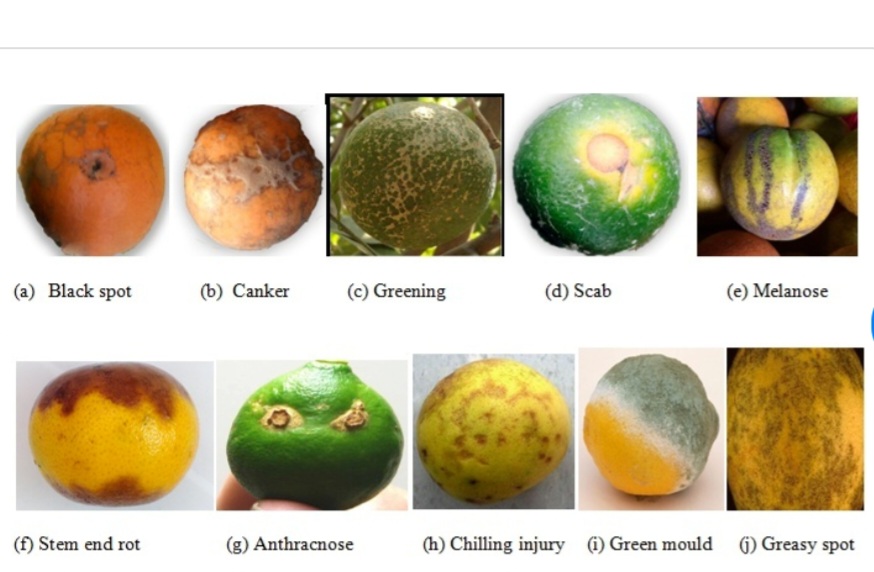
There are two major diseases of citrus. They are: 1. Diseases that affect the leaves, stem and roots. 2. Fruit diseases. The fruit diseases are field to storage diseases. These diseases include: dieback,die back, foot rot, brown rot, gummosis and blast. Also, they are infected by fruit anthracnose, phytophthora rot, scab, root rot etc. They are all fungal diseases. CONTROL: Use of fungicides.
